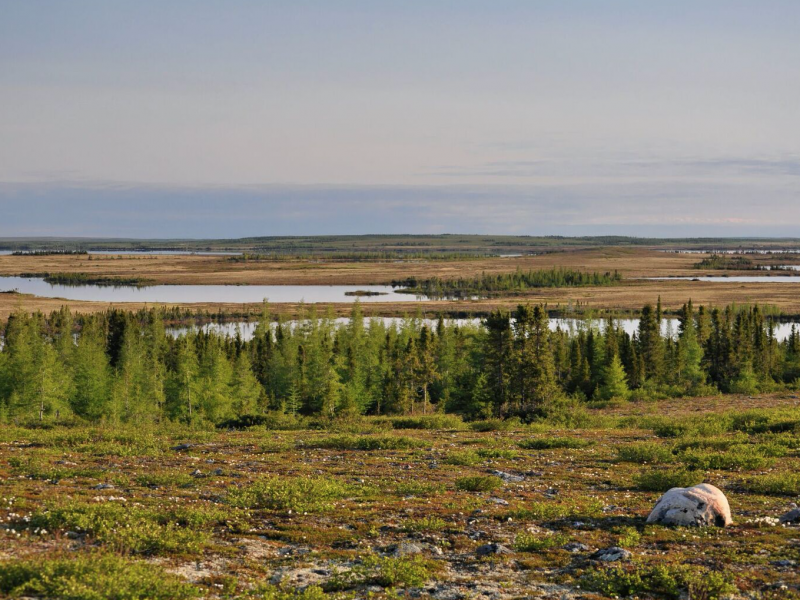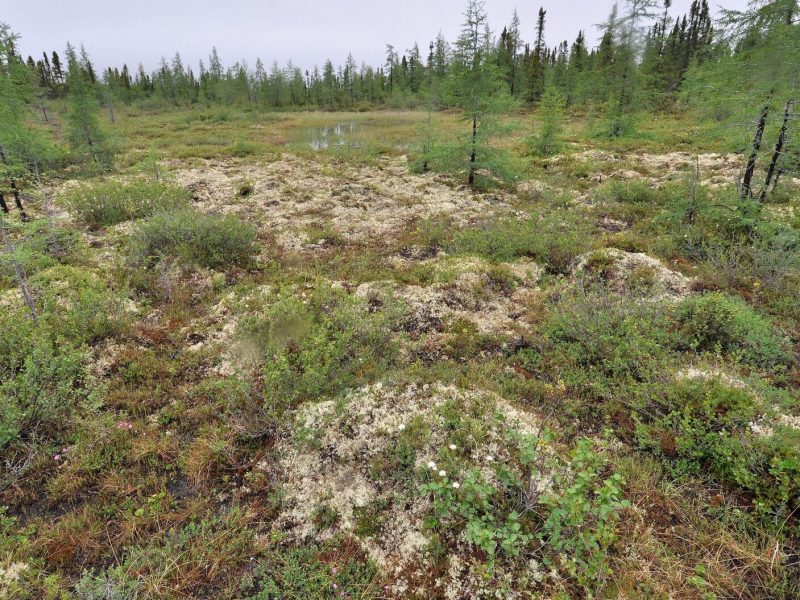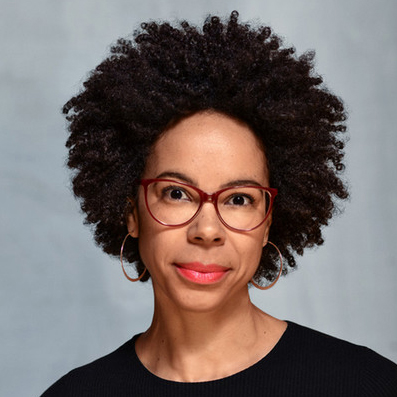Peat Bogs That May Contain Important Climate Change Indicators
By Tom Porter



Scientists around the world are actively engaged in determining exactly how much carbon they contain; it’s a question that’s regarded as increasingly relevant as the warming climate threatens to cause more decomposition in these peat bogs, and more carbon to leak into the atmosphere as a result.
This concern is a driving factor in the work being done by Rusack Professor of Environmental Studies and Earth and Oceanographic Science Phil Camill and his colleagues. Camill, along with other researchers from Bowdoin College as well as St. Olaf College, Trinity College, and the Science Museum of Minnesota,
In 2008-2009, they spent two summers doing
They spent their days collecting core samples from peat bogs and from the mud at the bottom of lakes. Using various coring devices,
The peatlands in this region, he explained, are unlike the vast peat landscapes of the North in that they occur in small pockets in low-lying depressions, and are only about thirty meters (one hundred feet) in diameter. They have also been understudied, said
“Large-scale remote-sensing efforts to classify peatland extent across the Arctic may miss some of these areas, and, consequently, we may be underestimating the amount of carbon that’s out there. All of which feeds into this much bigger question of how much carbon could get released into the atmosphere if the warming climate causes the material in these peat bogs to deteriorate faster.”
Camill et al. have been



